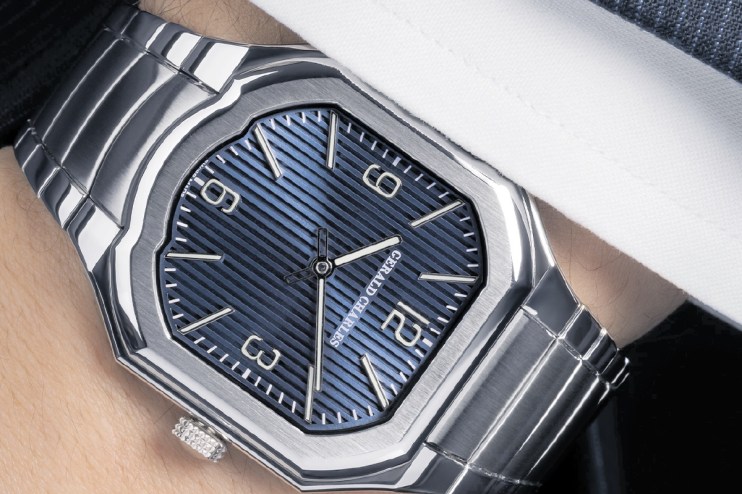Is your Rolex watch real? One in ten aren’t

The idea of spending tens of thousands of pounds on a luxury watch, such as a Rolex, only to find out that it’s a fake when you take it in for a service is enough to make your stomach turn.
But, according to The Watch Register, there’s about a one in ten chance of it happening.
Instances of fake watches being checked on the site have increased 116 per cent since last year, the company said.
Technological developments have encouraged a boom in high-end counterfeiting, with CNC machines like 3D printers helping to make fakes harder to spot.
For mid-range fakes—i.e., good but not great— teams use serial number checks to identify fakes being offered on the open market by collecting known counterfeit serial numbers from international police forces, insurers, members of the pre-owned watch trade, and auction houses.
In the past, shallow engravings and peeling paint were the go-to evidence of a dupe, but fake timepieces can increasingly only be identified by specialist authentication.
Ten per cent of the 40m fake watches produced every year are deemed “almost undetectable” unless inspected by a professional authenticator or the original manufacturer.
“Fake watches are definitely getting better, and harder to spot,” a spokesperson for Imperial Watches in London said.
“For new players, it’s an issue… It is common knowledge that there are triple-A options available,” he added.
“We’ve seen scenarios where a customer looking to sell a watch discovered on inspection that they had a non-genuine watch that they’d purchased years before,” Sam Rayner, director and co-founder of Chrono Hunter Watches, said.
“You can even find completely genuine watches with fake movements… so on face value, it would be seen as the real deal.”
Is your Rolex fake?
“The trade in fake watches… is about deception and manipulation on a global scale,” managing director of the The Watch Register Katya Hills said.
“Counterfeits are often produced in sweatshops that exploit vulnerable workers… the profits generated from such activities are often funnelled into other criminal enterprises that help to perpetuate a cycle of crime and corruption, while undermining the high-end brands they are seeking to imitate,” Hills added.
Fake timepieces also pose serious health risks due to the use of unregulated, toxic, and harmful materials in their production.
Increasingly, goods are offered with fake documents, boxes, and guarantee cards designed to convince buyers, making them harder to detect.
While it’s safer to buy from a jeweller than a street or online market, fake timepieces are always a risk: 27 per cent of people who found their watch was a fake after registering it on The Watch Register bought it from a jeweller.
In February, a store in Aldgate East was caught selling £700,000 worth of fake Rolex and Omega watches.
“It’s important for customers to do their homework – to make sure that the jeweller they go to is registered with the national register of jewellers and has been in business for a while. Not everyone can tell the difference [between a real and a fake]”, the spokesperson for Imperial Watches said.
“Luxury watch buyers need to be more savvy – not just going for what looks like a cheap option… buying from a private individual or bedroom dealer is something we’d advise to avoid at all costs because often watches don’t undergo proper inspection or checks when they are acquired,” Chrono Hunter watches said.
Hills recommends running your watch through a database, too, to check for known counterfeit serial numbers before buying it – although as fakes get better and better, you might be better off buying straight from the workshop.
